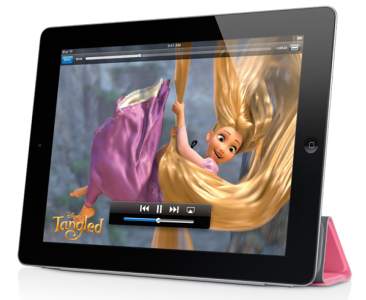The mobile PC market is currently embracing the new Ultrabook form factor in an effort to counter tablets like Apple’s wildly popular iPad.
As IHS analyst Matthew Wilkins notes, media tablets are significantly slowing growth in the lucrative notebook space.

To be sure, the media tablet market is projected to boom in the coming years, with worldwide shipments rising at a compound annual growth rate (CAGR) more than 42% from 2011 to 2015.
In contrast, the notebook market has entered a stage of maturity, with shipments increasing at a CAGR of only 10% during the same period.
“To compete with media tablets, notebook PCs must become sexier and more appealing to consumers,” explained Wilkins.
“With media tablets having already reversed the expansion of the previously fast-growing netbook platform, PC makers now are keenly aware that the notebook must evolve to maintain market growth and relevance. Enter the Ultrabook, which borrows some of the form-factor and user-interface advantages of the media tablet to enhance the allure of the venerable notebook.”
Indeed, shipments of ultrabooks are projected to represent 43% of global notebook PC shipments in 2015, up from 2% in 2011 and 13% in 2012. Following their first year of shipments in 2011, Ultrabook penetration of the notebook market is expected to increase rapidly, rising to 28% in 2013 and 38% in 2014.

Ultrabooks are currently defined as notebooks that are extremely light and thin, at less than 0.8 inches in thickness.
While Ultrabooks typically run a full PC operating system like Microsoft Windows, they also add features now commonly found in media tablets, such as instant-on activation, always-connected wireless links, solid state drives and battery lives that last longer than eight hours on a single charge.
Next-gen ultrabooks are expected to employ convertible form factors and touch screens, allowing owners to use such devices either as notebooks or tablets.






